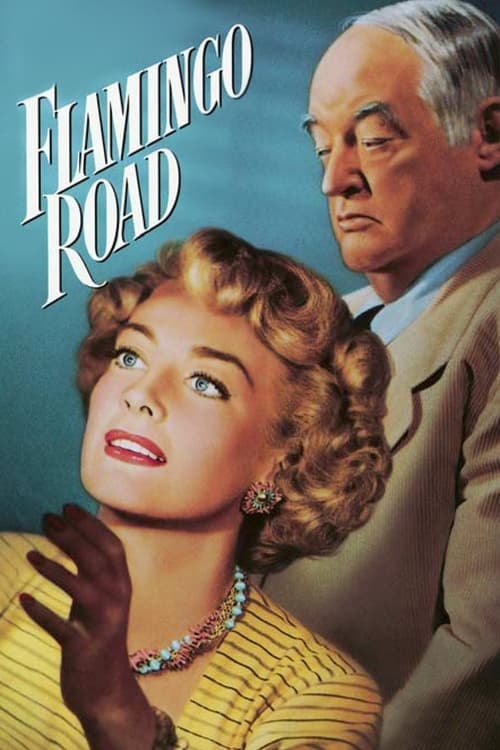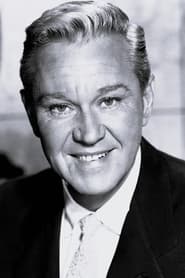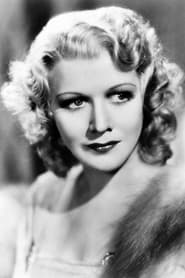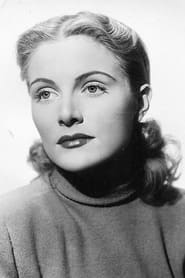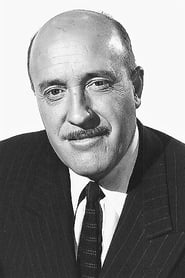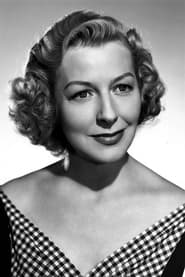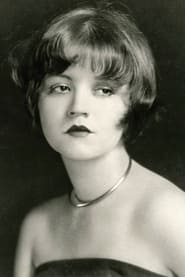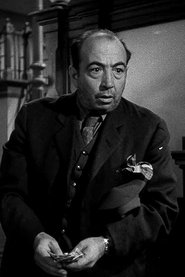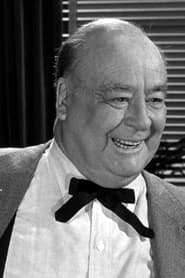Cast
View AllJoan Crawford
as Lane Bellamy
Zachary Scott
as Fielding Carlisle
Sydney Greenstreet
as Sheriff Titus Semple
David Brian
as Dan Reynolds
Gladys George
as Lute Mae Sanders
Virginia Huston
as Annabelle Weldon
Fred Clark
as Doc Waterson
Gertrude Michael
as Millie
Alice White
as Gracie
Sam McDaniel
as Boatright
Tito Vuolo
as Pete Ladas
Iris Adrian
as Blanche - Inmate of Women's Prison (uncredited)
Larry J. Blake
as Martin (uncredited)
Dick Elliott
as Tom Coyne (uncredited)
Morgan Farley
as Link Niles (uncredited)
Crew
Director
- Michael Curtiz
Producer
- Jerry Wald
Reviews
John Chard
Ya can't go wrong in this town if you say Yep to the right people and Nope to the rest.
Flamingo Road is directed by Michael Curtiz and adapted to screenplay by Robert Wilder from his own play of the same name (with Sally Wilder). It stars Joan Crawford, Sydney Greenstreet, Zachary Scott, David Bryan and Gladys George. Music is by Max Steiner and cinematography by Ted D. McCord.
When circumstance sees Lane Bellamy (Crawford) stuck in Bolden City, she quickly finds herself embroiled in a love affair and involved in a war with political tyrant Sheriff Titus Semple (Greenstreet).
The Moody kind always cause trouble.
Southern Gothic - cum - politico melodrama with noirish tints, Flamingo Road gets above average due to high tech credits and a superbly nasty turn from Greenstreet. Essentially the pic is about a girl from the other side of the tracks making her way up the social ladder, but she has to lock horns with a nasty piece of work and battle with affairs of the heart.
Flamingo - Affluent - Road!
It's strong on narrative terms, the screenplay neatly blending the greed of political posers with almost perverse social wiles. Curtiz (Mildred Pierce/The Unsuspected) and McCord (Johnny Belinda/The Breaking Point) keep it brisk and atmospherically moody, while the impressive Greenstreet - all sweaty, ambiguous and devilish, is surrounded by a more than competent cast of supporting players.
What of Crawford? Wisely "requesting" that Curtiz be given the director's job, she's compelling and classically committed to the role. It's true to say she is too old for the character, something which her fans are known to hate reading, while both the actors playing her love interests are almost 10 years her junior - which is a bit of a reality stretch for the era. However, such is her acting ability, she gets you on side quickly, with the makers shooting her in soft focus and the writer giving her good work to use off of the page.
A strange movie in some ways, but intriguing and sharp and it's never dull. While the quality on show from both sides of the camera is most pleasing. 7/10
Jun 14, 2015
Thematic Analysis
As a dramatic work, Flamingo Road examines complex human relationships and emotional struggles against the backdrop of a period setting that reflects societal issues of its time. The character development particularly stands out, offering viewers a chance to reflect on their own life journeys.
Director Michael Curtiz brings their distinctive visual style to this film, continuing their exploration of themes seen in their previous works while adding new elements. Their approach to character development and emotional depth creates a viewing experience that rewards close attention.
Released in 1949, the film exists within a cultural context that now offers viewers historical perspective on the social issues of that era. Its reception demonstrates the diverse reactions to its artistic choices and its place in cinema history.
Did You Know?
- The production of Flamingo Road took approximately 24 months from pre-production to final cut.
- With a budget of $1.5 million, the film proved to be a financial success, earning back its investment and more.
- The final cut of the film runs for 94 minutes, though the director's initial assembly was reportedly 137 minutes long.
- The musical score contains over 40 unique compositions.
- The cast underwent specialized training for 2 weeks before filming began.
- The director insisted on using practical effects whenever possible, reserving CGI for only the most necessary scenes.
Historical Context
- In 1949, when this film was released:
- The Cold War was intensifying, influencing global politics and culture.
- Rock and roll music was revolutionizing popular culture.
- The film industry was dominated by major studios, with independent cinema still in its early development.
How This Film Stands Out
While Flamingo Road shares thematic elements with other films in its genre, it distinguishes itself through its unique approach to storytelling, visual style, and character development.
Unlike Whatever Lola wants, which takes a more conventional approach to its subject matter, Flamingo Road subverts genre expectations by exploring its themes with greater nuance.
While films like Charlie Wilson's War and The Secret of the Grain explore similar territory, Flamingo Road stands apart through its distinctive directorial vision and pacing.
This film's unique contribution to cinema lies in its bold artistic choices and willingness to challenge viewer expectations, making it a valuable addition to its genre.
Details
- Release Date: April 30, 1949
- Runtime: 1h 34m
- Budget: $1,528,000
- Revenue: $2,896,000


